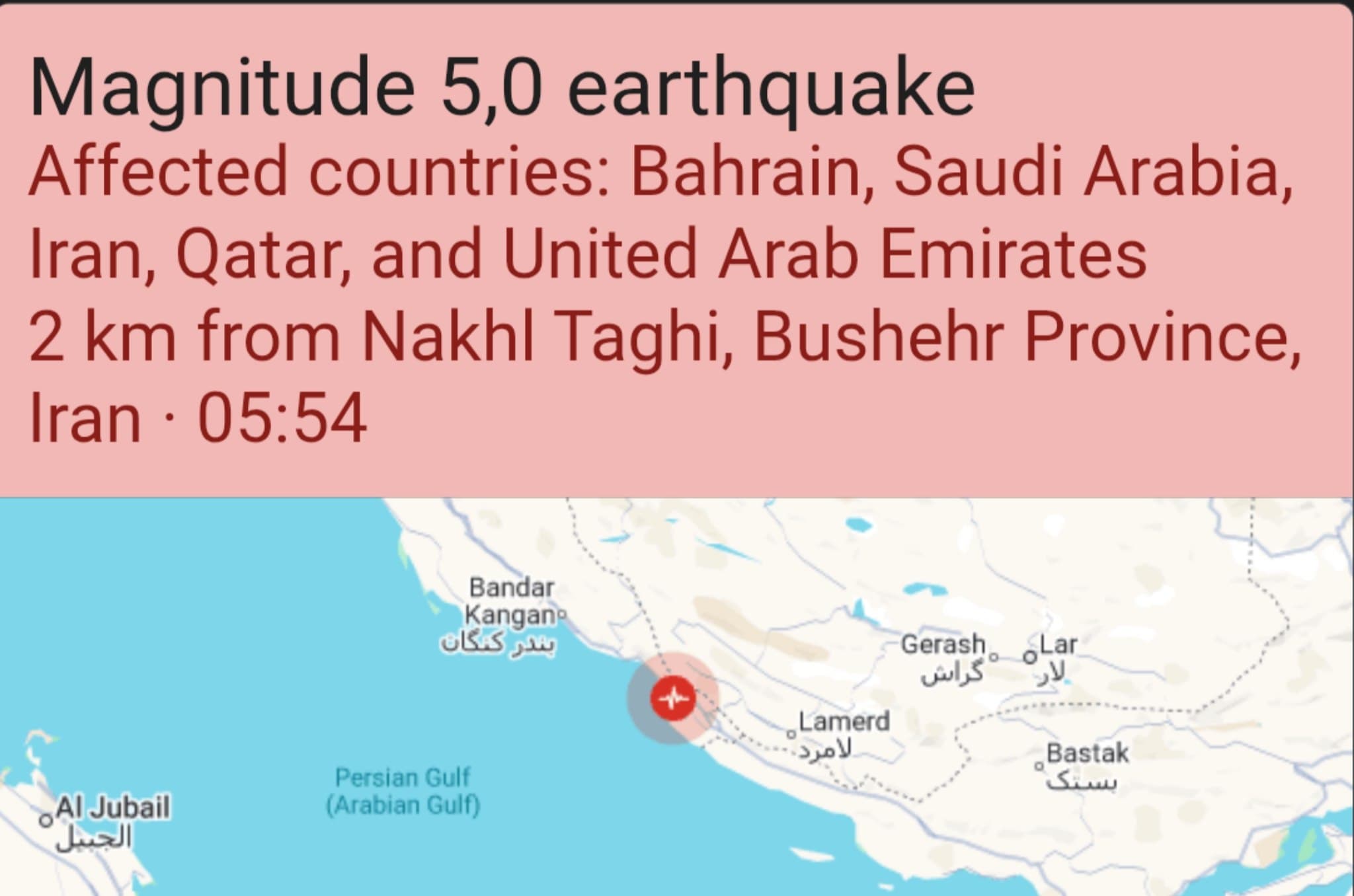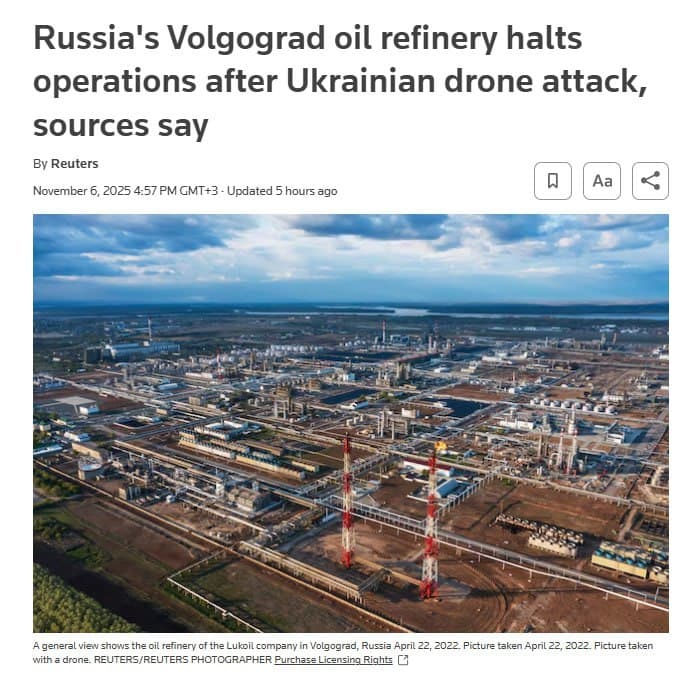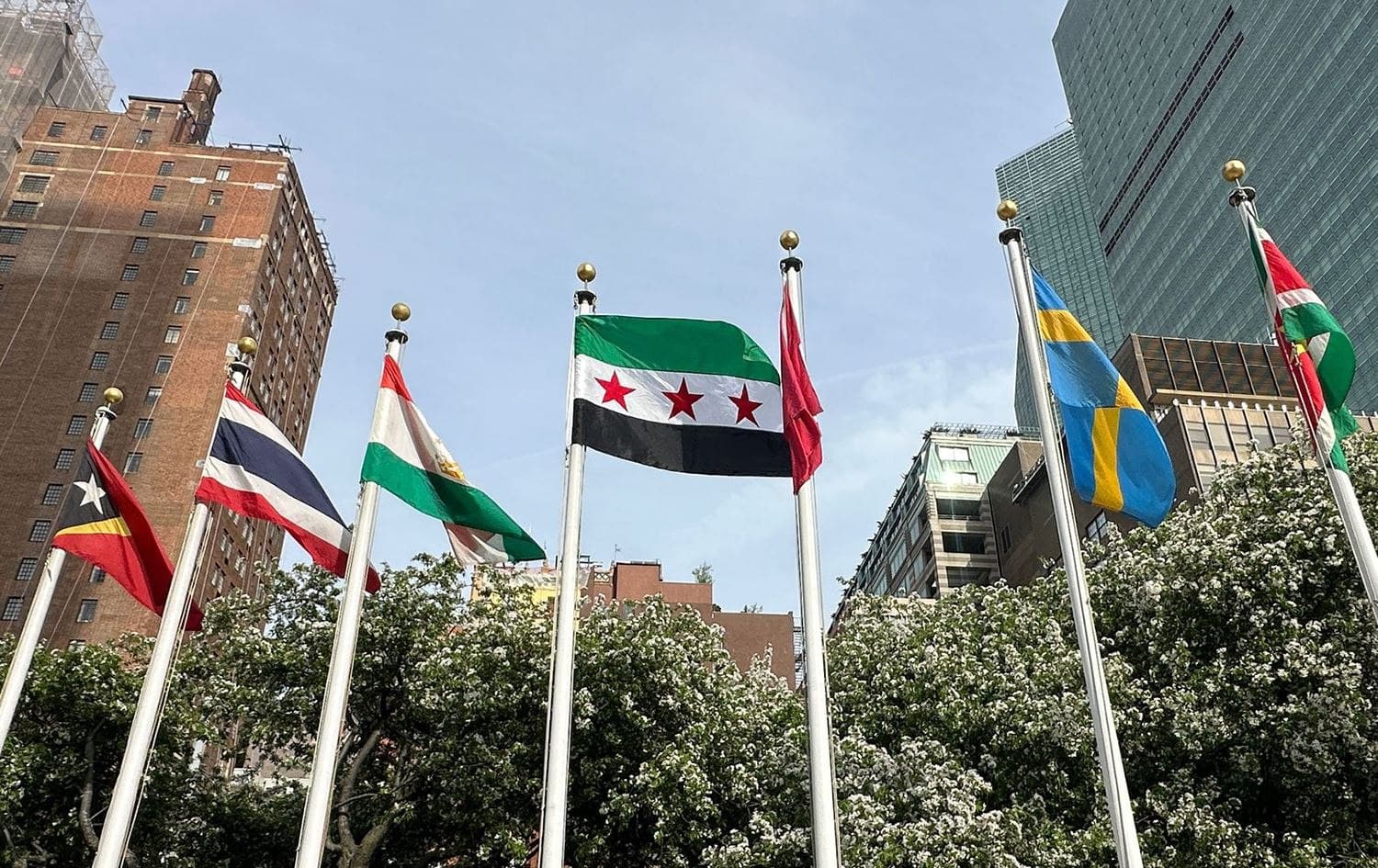5.0 Magnitude Earthquake Strikes Southern Iran, Shaking Neighbors in Gulf Region
A magnitude 5.0 earthquake rattled southern Iran on Tuesday, with its epicenter located just 2 kilometers from the town of Nakhl Taghi in Bushehr Province. The tremor, felt across several countries in the Gulf region, raised concerns about potential aftershocks and the structural integrity of buildings in the affected areas.
Background & Context
Iran is no stranger to seismic activity, sitting on several major fault lines that make it one of the most earthquake-prone countries in the world. The region around Bushehr, where the recent quake occurred, is particularly vulnerable due to its geological makeup and proximity to the Arabian tectonic plate. This earthquake comes at a time when the country is still grappling with the aftermath of previous seismic events, which have caused significant damage and loss of life.
The significance of this earthquake extends beyond Iran"s borders, as tremors were felt in neighboring countries, including Saudi Arabia, Bahrain, Qatar, and the United Arab Emirates. The interconnectedness of the Gulf region means that a natural disaster in one country can quickly lead to widespread concern and emergency responses in others. With many expatriates and foreign nationals residing in these areas, the implications of such an event are felt widely.
Key Developments
Reports indicate that the earthquake struck at approximately 2:30 PM local time, with residents of nearby cities experiencing a brief but intense shaking. Eyewitness accounts describe a sudden jolt that sent people rushing into the streets. Fortunately, initial assessments suggest that there have been no immediate casualties or major damages reported, though local authorities are conducting thorough inspections of buildings and infrastructure.
The Iranian government has mobilized emergency response teams to assess the situation and ensure public safety. Residents have been urged to remain cautious and prepared for potential aftershocks, which are common following significant seismic events. As a precaution, many schools and businesses in the region temporarily closed, while emergency services are on high alert.
Broader Impact
Seismologists are closely monitoring the situation, emphasizing the need for continued vigilance in the region. Experts suggest that while a magnitude 5.0 earthquake is significant, the potential for larger aftershocks cannot be ruled out. The impact of this quake on the broader Gulf region could lead to heightened anxiety about seismic activity, prompting governments to reassess their disaster preparedness protocols.
Moreover, this earthquake comes amid a backdrop of ongoing geopolitical tensions in the region. As previously reported, the situation in neighboring Syria has escalated, with the SDF rejecting U.S. demands for withdrawal from crucial areas, further complicating the already delicate stability of the Middle East. Such geopolitical dynamics could influence how countries respond to natural disasters, including cooperation in humanitarian efforts.
What"s Next
In the immediate aftermath of the earthquake, local and national authorities are expected to conduct comprehensive evaluations of infrastructure, ensuring that buildings meet safety standards to withstand future quakes. Citizens are advised to stay informed through official channels, as emergency services continue to assess any potential risks associated with aftershocks.
Looking ahead, the earthquake could spur discussions on improving earthquake preparedness and response strategies across the Gulf region. With many countries sharing similar seismic vulnerabilities, collaboration on disaster management could become a priority. As the situation develops, monitoring agencies will provide updates on seismic activity, while residents are encouraged to participate in community preparedness initiatives to better equip themselves for future events.



![[Video] Trump says India has largely stopped buying oil from Russia](/_next/image?url=%2Fapi%2Fimage%2Fthumbnails%2Fthumbnail-1762459850423-ittmp-thumbnail.jpg&w=3840&q=75)
